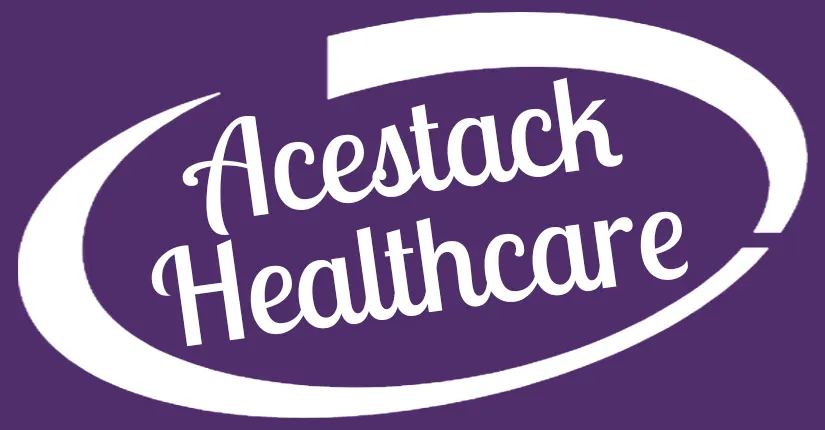
When it comes to accessing at-home health services, understanding your insurance coverage is crucial. Many individuals and families may be unaware of the options available or the specifics of their insurance policies. In this blog, we will guide you through the important aspects of navigating insurance coverage for at-home health services, ensuring you have the information you need to make informed decisions about your healthcare.
Start by familiarizing yourself with your insurance plan. Review your policy documents or contact your insurance provider to understand the coverage details related to at-home health services. Look for specific information regarding the types of services covered, eligibility criteria, and any limitations or restrictions.
If you are eligible for Medicare, it’s important to understand the coverage options for at-home health services. Medicare Part A may cover skilled nursing care, therapy services, and certain medical supplies when they are deemed medically necessary and provided by a Medicare-certified home health agency. Medicare Part B may cover other services, such as doctor visits and preventive care delivered at home. Research the specific guidelines and requirements to ensure you meet the criteria for coverage.
For those with private health insurance, policies can vary significantly. Review your insurance plan documents to determine if at-home health services are covered and to what extent. Pay attention to any requirements, such as pre-authorization or referrals from your primary care physician. Contact your insurance provider directly if you have any questions or need clarification on the coverage details.
Insurance plans often have a network of preferred providers. When seeking at-home health services, check if the providers you are considering are in-network. In-network providers typically have pre-negotiated rates with the insurance company, resulting in lower out-of-pocket costs for you. If you choose an out-of-network provider, be aware that you may have higher co-pays, deductibles, or a percentage of the cost that you are responsible for.
Some insurance plans may require prior authorization for at-home health services. This means you must obtain approval from your insurance provider before receiving certain services. Additionally, accurate and detailed documentation from healthcare professionals is often required to support the medical necessity of at-home services. Make sure you understand the documentation requirements and work closely with your healthcare providers to ensure all necessary paperwork is submitted on time.
While insurance coverage for at-home health services can be beneficial, it’s essential to be aware of any limitations or exceptions. Certain services, equipment, or therapies may have coverage limits, such as a maximum number of visits or a specific duration of coverage. Understanding these limitations can help you plan and budget accordingly.
Navigating insurance coverage for at-home health services requires careful attention to detail and understanding of your specific policy. By knowing the details of your insurance plan, exploring Medicare options, checking for in-network providers, and understanding the documentation and prior authorization requirements, you can maximize your insurance benefits and make informed decisions about your at-home healthcare. Remember to regularly review your insurance coverage and consult with your insurance provider to stay up to date with any changes that may impact your coverage.
® 2024 All Rights Reserved.